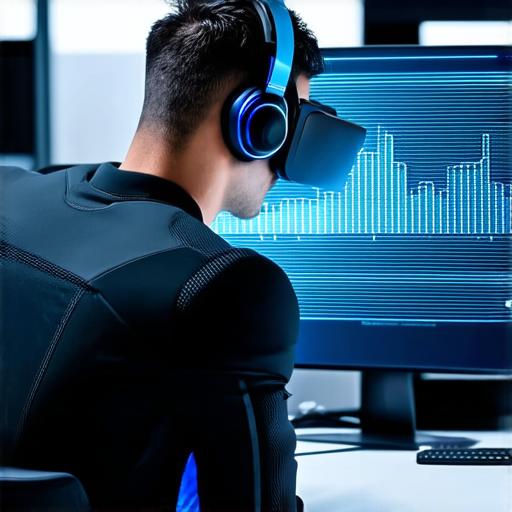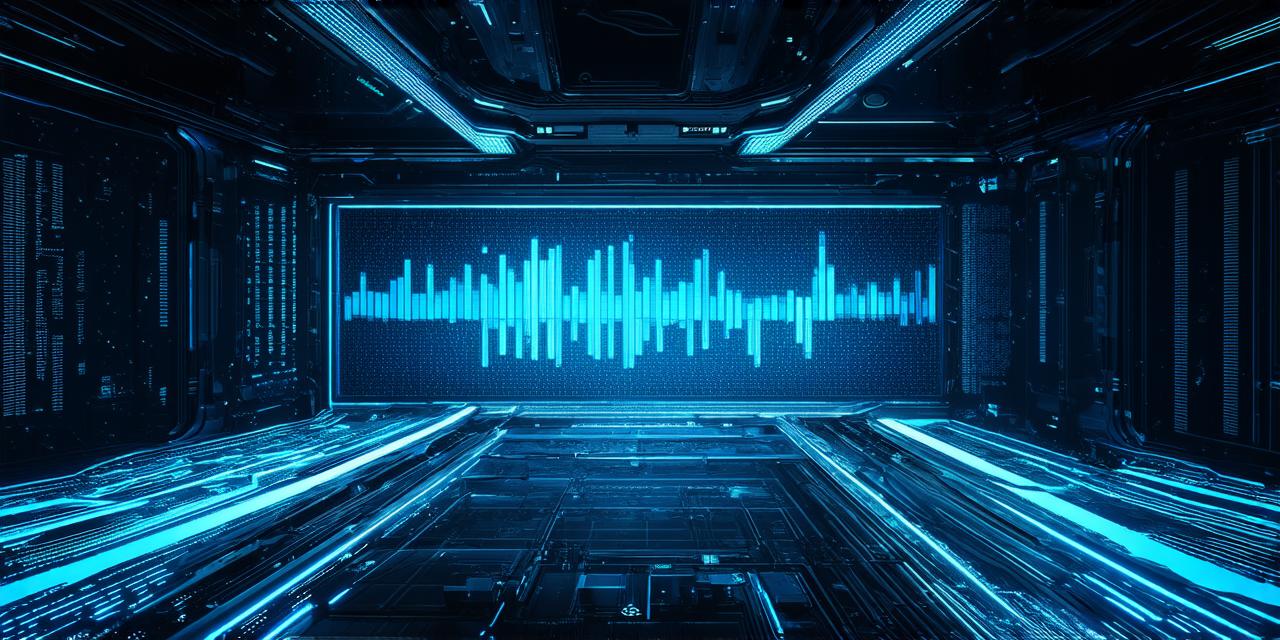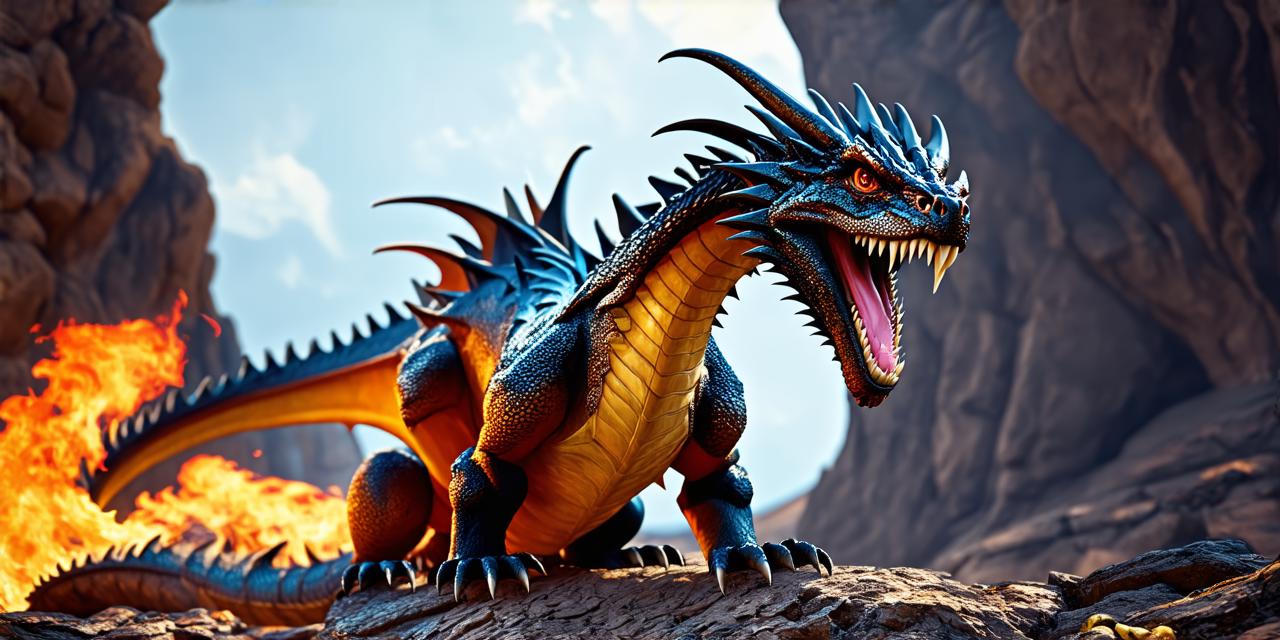
Virtual reality (VR) technology has come a long way since its inception, and it is now being used in a variety of fields, including gaming, education, healthcare, and more. VR utilizes data in several ways to create immersive experiences that can be tailored to the individual’s needs and preferences.
One way that VR utilizes data is through motion tracking. Motion tracking involves using sensors and cameras to track the user’s movements in real-time. This information is then used to adjust the virtual environment to match the user’s movements, creating a more realistic and immersive experience.
Another way that VR utilizes data is through haptic feedback. Haptic feedback refers to the use of sensors to provide tactile sensations, such as vibrations or pressure, to the user. This can help create a more realistic experience by simulating the sensation of touching or interacting with virtual objects.
VR also uses data to personalize the user’s experience. By tracking the user’s behavior and preferences, VR systems can adjust the environment to better suit the individual’s needs.
Finally, VR utilizes data to create realistic lighting and textures. This is achieved through the use of 3D modeling software, which allows designers to create highly detailed virtual objects with accurate lighting and textures. These objects can then be placed in a virtual environment and adjusted to match the user’s preferences.
In conclusion, virtual reality technology utilizes data in several ways to create immersive experiences that can be tailored to the individual’s needs and preferences. From motion tracking and haptic feedback to personalization and realistic lighting and textures, VR is a powerful tool that has the potential to revolutionize a wide range of industries.



